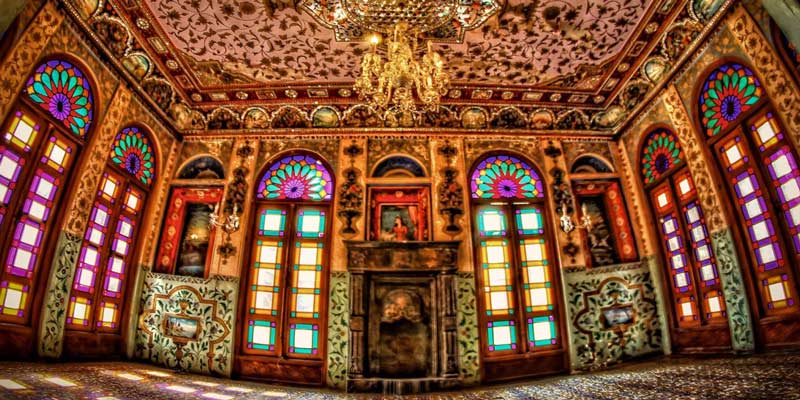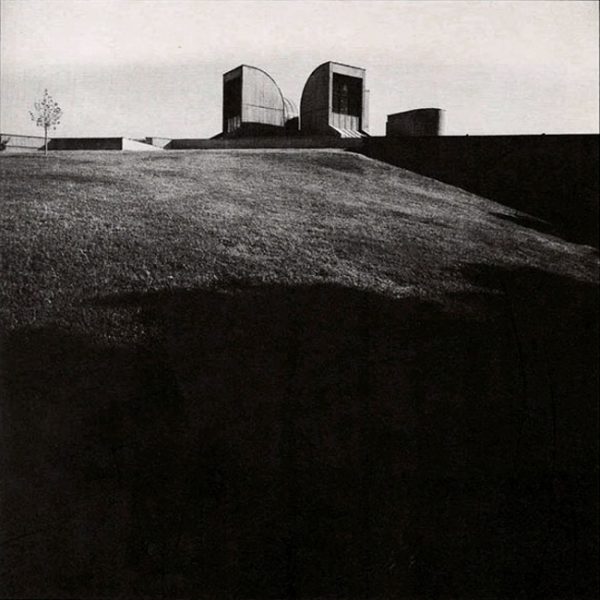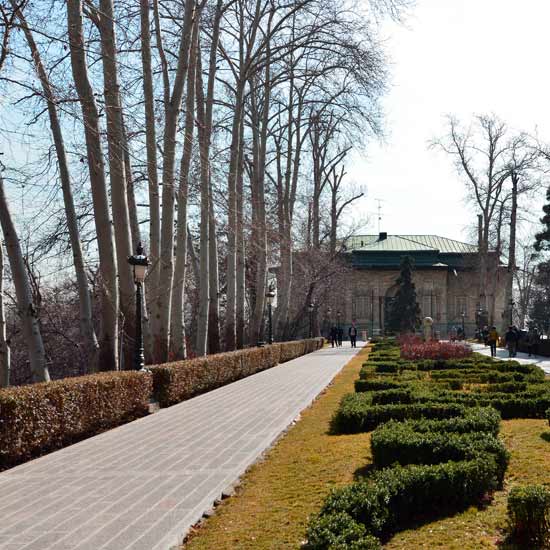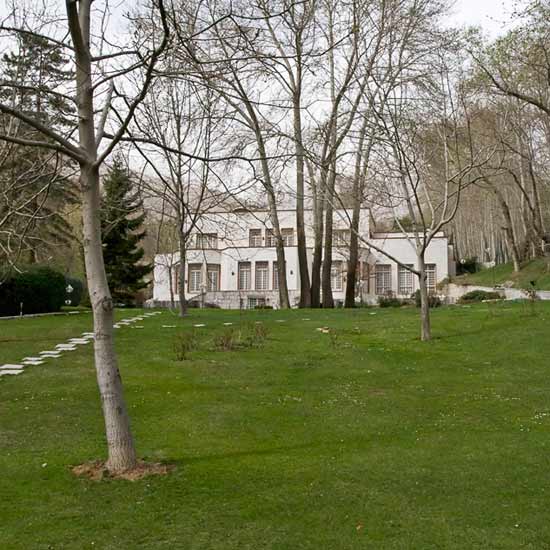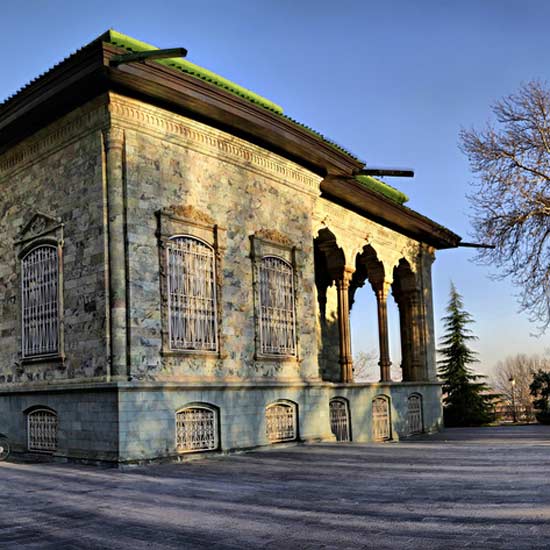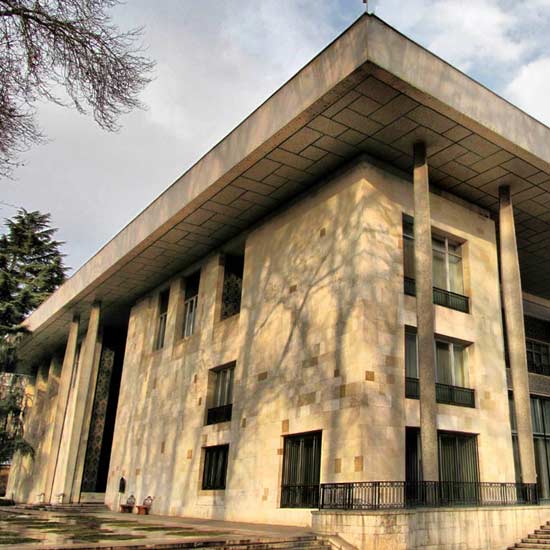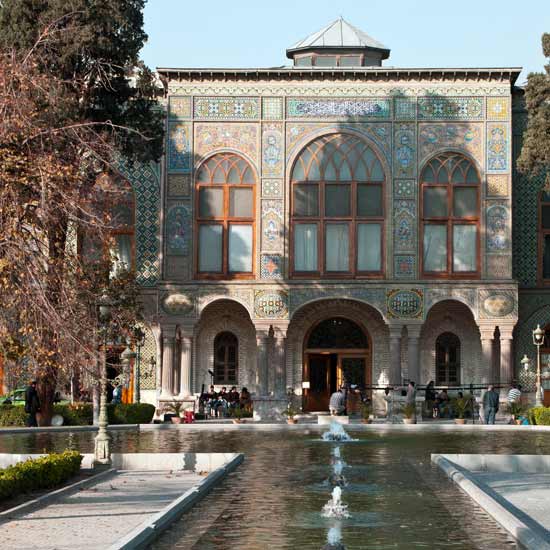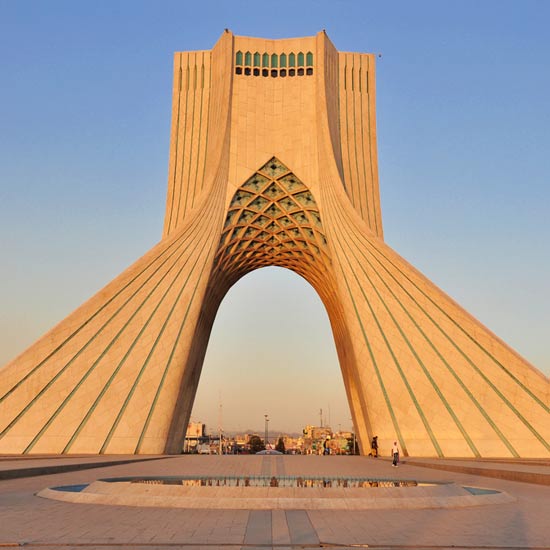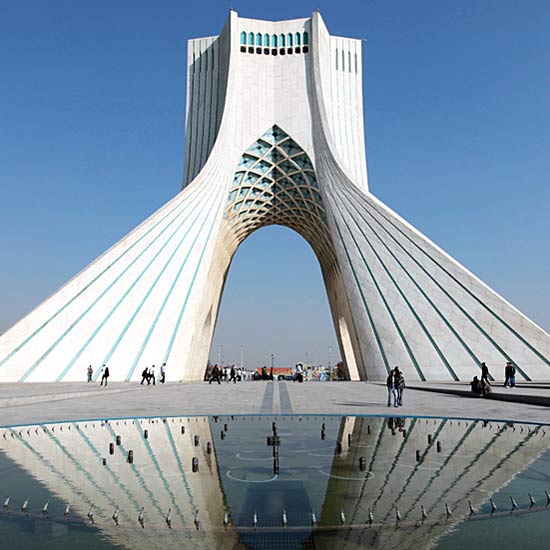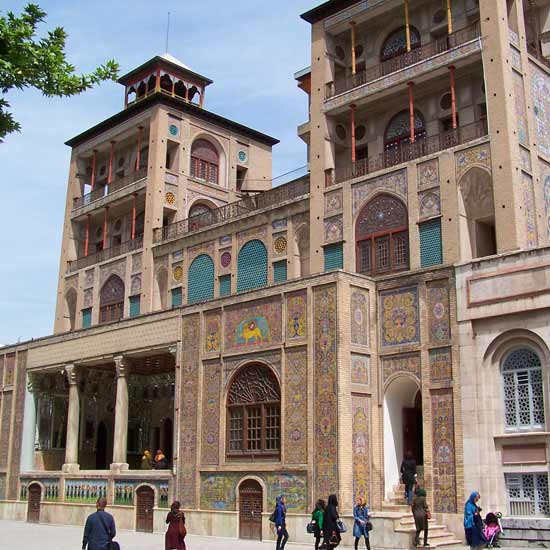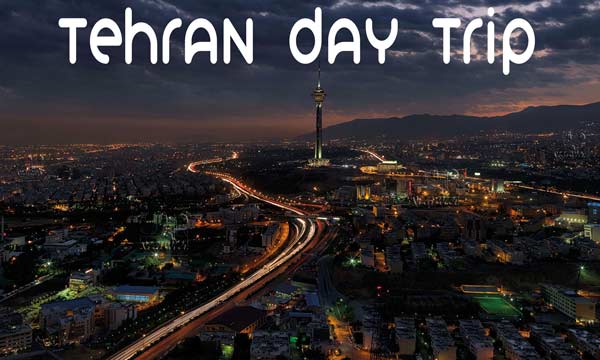Tehran is the capital and largest city of Iran. It is located in the north-central part of the country and has a population of over 14 million people. Tehran is one of the most populous cities in the Middle East and has a rich cultural heritage, dating back to the time of the Persian Empire.
Tehran is a modern city with a bustling metropolis, featuring a mix of traditional and modern architecture, parks, museums, and cultural centers. The city is home to many important landmarks and institutions, including the National Museum of Iran, the Sa’dabad Palace Complex, the Azadi Tower, and the Milad Tower, one of the tallest towers in the world.
Tehran is also known for its vibrant cultural and artistic scene, with numerous theaters, galleries, and music venues showcasing the best of Persian culture. The city is a hub of political, economic, and cultural activity in Iran, and it plays a central role in the country’s political, economic, and cultural life.
Despite its modernity, Tehran is steeped in history, and its rich cultural heritage is evident in its many museums, palaces, and cultural centers, as well as its many historical neighborhoods and monuments. Today, Tehran is a thriving city that is home to a diverse and vibrant population, and it is considered one of the most important cultural and political centers in the Middle East.
Azadi Tower
Azadi Tower, also known as the Shahyad Tower, is a landmark in Tehran, Iran. The tower is located in Azadi Square and is considered a symbol of the city and the country. The tower was built to commemorate the 2500th anniversary of the Persian Empire and was opened in 1971.
The tower is 45 meters high and is made of white marble, with a large dome and eight minarets at its corners. The interior of the tower features exhibitions on the history and culture of Iran, including displays on ancient Persia, the Islamic period, and the country’s modern history.
The Azadi Tower is not only an architectural marvel but also holds great historical and cultural significance. It is a symbol of Iran’s independence and modernization, and it is a symbol of the country’s rich history and cultural heritage. Whether you’re a visitor or a local, the Azadi Tower is a must-visit attraction in Tehran.
Golestan Palace
Golestan Palace is a historic palace complex in Tehran, Iran. It was once the primary residence of the Qajar dynasty, which ruled Iran from 1794 to 1925. The palace complex was built in the 16th century and has undergone several renovations and additions over the centuries, with the most recent additions being made in the 19th century.
Golestan Palace is a UNESCO World Heritage Site and is considered one of the finest examples of Persian architecture. The palace complex is comprised of several buildings, including the Marble Throne, which is the most famous of all the buildings in the palace. The throne is made of marble and is one of the most beautiful examples of Persian art and architecture.
In addition to the Marble Throne, there are several other beautiful buildings in the palace complex, including the Talar-e Aineh (Mirror Hall), which is one of the most beautiful buildings in the palace and is decorated with mirrored walls, colorful glasswork, and beautiful paintings.
The palace also has several museums, including the Museum of the Qajar Era, which is dedicated to the history and culture of the Qajar dynasty. Visitors to the palace can learn about the history of Iran and the Qajar dynasty, as well as enjoy the beauty of the palace and its gardens.
The Treasury of National Jewels
The Treasury of National Jewels, also known as the Iranian Crown Jewels, is a collection of precious gems, jewelry, and other treasures that have been collected and stored by the Iranian monarchy for hundreds of years. The collection is housed in the Central Bank of Iran in Tehran and is considered to be one of the largest and most valuable collections of jewels in the world.
The collection includes a variety of treasures, including diamonds, rubies, emeralds, and pearls, as well as gold and silver objects. Some of the most famous items in the collection include the Darya-i-Nur diamond, which is one of the largest and most valuable diamonds in the world, and the Peacock Throne, which is a beautiful golden throne that was once used by the Persian kings.
Visitors to the Treasury of National Jewels can view a selection of the most valuable and interesting items in the collection, including the Darya-i-Nur diamond, the Peacock Throne, and other precious gems and jewelry. The collection is housed in a secure and climate-controlled facility, and visitors are not allowed to touch or handle the jewels.
Tehran Grand Bazaar
The Tehran Grand Bazaar is a large covered market in Tehran, Iran. It is one of the oldest and largest bazaars in the Middle East, and has been a center of commerce and trade in the city for centuries. The bazaar is comprised of a series of interconnected alleyways and passages that are lined with shops and stalls selling a wide variety of goods, including textiles, jewelry, spices, and other food items.
The Tehran Grand Bazaar is not only a place to shop, but also a cultural and social hub for the people of Tehran. Visitors can wander through the maze-like alleyways and admire the traditional architecture, as well as sample local foods and observe the lively bargaining that takes place between vendors and customers.
In recent years, the bazaar has undergone a number of renovations and improvements to make it more accessible and modern, while still retaining its traditional character. The bazaar is now a popular tourist attraction, and is a great place to experience the culture and atmosphere of Tehran.
Tehran Museum of Contemporary Art
The Tehran Museum of Contemporary Art (TMOCA) is a museum located in Tehran, Iran. It was founded in 1977 and is considered to be one of the largest and most important modern art museums in the Middle East. The museum’s collection includes works of art by some of the most famous artists of the 20th and 21st centuries, including Pablo Picasso, Joan Miró, Marc Chagall, and Salvador Dalí, as well as many Iranian artists.
The museum is housed in a large modern building that was designed specifically to showcase contemporary art. The galleries are spacious and well-lit, and they feature a variety of exhibitions, including works of modern and contemporary art, as well as photographs, films, and other media.
In addition to the permanent collection, TMOCA also hosts temporary exhibitions and special events, such as lectures, workshops, and concerts. The museum also has a large library and research center that is available to scholars and students who are interested in modern and contemporary art.
Carpet Museum
The Carpet Museum of Iran is a museum located in Tehran, Iran. It is dedicated to the art of carpet-making and its cultural and historical significance in Iran. The museum’s collection includes a wide range of traditional Persian carpets, as well as examples from other countries in the region.
The Carpet Museum of Iran is housed in a historic building that was once a palace. The galleries are spacious and well-lit, and they feature a variety of exhibits, including antique carpets, hand-woven textiles, and other traditional crafts.
In addition to the permanent collection, the museum also hosts temporary exhibitions and special events, such as lectures, workshops, and concerts. The museum also has a research center and library that is available to scholars and students who are interested in the history and culture of carpet-making in Iran.
Niavaran Palace Complex
The Niavaran Palace Complex is a historic palace and museum located in Tehran, Iran. It was once the residence of the last Shah of Iran and his family, and it is now a museum and cultural center that is open to the public.
The complex covers an area of over 60,000 square meters and includes several buildings and gardens. The main palace is a large and elegant building that is surrounded by beautiful gardens and courtyards. The interior of the palace is decorated with traditional Persian motifs and furnishings, and it houses a collection of art, artifacts, and other items that provide a glimpse into the life of the royal family.
The Niavaran Palace Complex also includes several other buildings, such as the Amir Naseri Museum, the Sahebqaraniyeh Palace, and the Ahmad Shahi Pavilion. These buildings offer a wealth of information about the history and culture of Iran, and they are a popular attraction for tourists and local visitors alike.
Milad Tower
Milad Tower is a multi-purpose tower located in Tehran, Iran. It is the sixth-tallest tower in the world and the tallest tower in Iran. The tower was completed in 2008 and is used for a variety of purposes, including telecommunications, observation, and tourism.
Milad Tower is 435 meters tall and features a cylindrical shape with a large metal frame. The tower has 12 floors, including an observation deck on the top floor that provides panoramic views of the city. The tower also features a restaurant, a conference center, and a shopping mall.
The tower’s observation deck offers visitors breathtaking views of Tehran and its surrounding landscape. On clear days, visitors can see for miles in every direction, taking in the city’s skyline, the surrounding mountains, and the Alborz range.
Milad Tower is also a popular destination for its innovative design and its cultural and recreational facilities. The tower is a symbol of Iran’s modernization and is one of the city’s most recognizable landmarks.
National Museum of Iran
The National Museum of Iran is a museum located in Tehran, Iran. It is dedicated to showcasing the rich history and cultural heritage of Iran and is one of the largest museums in the Middle East. The museum was established in 1937 and has been located in its current building since 1964.
The museum’s collection includes over 300,000 artifacts, including ceramics, textiles, manuscripts, coins, and jewelry. The exhibits cover a wide range of subjects, from the prehistoric period through to the Islamic era and the modern era. The museum also features galleries dedicated to the civilizations of ancient Persia, including the Achaemenid, Sassanian, and Parthian dynasties.
Visitors to the museum can learn about Iran’s rich history and cultural heritage through its various exhibitions, which include paintings, sculptures, calligraphy, and other forms of art. The museum also has a library, a research center, and a conservation laboratory, making it a hub of research and learning in Iran.
Whether you’re a history buff, an art lover, or just curious about Iran’s rich cultural heritage, the National Museum of Iran is a must-visit attraction in Tehran. With its extensive collection and well-curated exhibits, the museum provides an in-depth look at the history and culture of Iran and offers a glimpse into the country’s rich heritage.
Tabiat Bridge
Tabiat Bridge is a pedestrian bridge located in Tehran, Iran. It is one of the largest and most innovative pedestrian bridges in the world, and it was designed to provide a connection between two parks in the north of Tehran. The bridge was completed in 2014 and has quickly become one of Tehran’s most popular tourist attractions.
Tabiat Bridge is 270 meters long and has two levels, one for pedestrians and the other for cars. The upper level of the bridge is designed for pedestrians and is a beautiful and peaceful space for visitors to relax and enjoy the views of the surrounding parks. The lower level of the bridge is for cars, but it is hidden from view, so visitors can enjoy the beauty of the bridge without the distractions of passing cars.
The design of Tabiat Bridge is innovative, and it is a beautiful example of modern Iranian architecture. The bridge is constructed of steel and glass, and it features a unique design that creates a bridge between two parks and provides a new way for visitors to explore Tehran.
You can enjoy panoramic views of the city, relax in the peaceful surroundings, and take a stroll or have a picnic in the parks on either side of the bridge. The bridge is also a popular spot for photographers, who come to capture the beauty of the bridge and its surroundings.
Sa’dabad Palace Complex
The Sa’dabad Palace Complex is a museum and former royal palace located in the northern suburbs of Tehran, Iran. The complex was originally built as a summer palace in the 1930s and was used by the Pahlavi dynasty until the Iranian Revolution in 1979. Today, the complex is a museum and cultural center, showcasing Iran’s rich history and cultural heritage.
The complex covers an area of 110 hectares and includes 18 palaces, museums, and administrative buildings. The main palaces within the complex include the White Palace, the Green Palace, the Yellow Palace, and the Black Palace, among others. These palaces feature a mix of architectural styles, including traditional Persian and modern Western styles, and are adorned with beautiful gardens, fountains, and works of art.
The museums within the complex include the Museum of Royal Cars, the Museum of Fine Arts, the Museum of Anthropology, and the Museum of Natural History, among others. These museums showcase a diverse range of exhibitions, including artifacts from Iran’s rich history, contemporary art, and scientific exhibits.
Visitors to the Sa’dabad Palace Complex can experience the luxurious lifestyle of Iran’s former royalty, learn about the country’s rich history and cultural heritage, and enjoy beautiful gardens and works of art.


